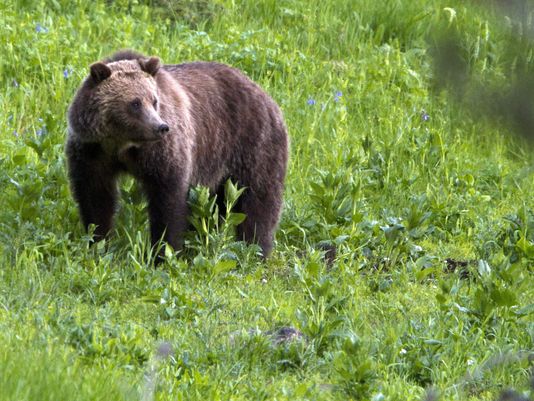
© Jim Urquhart, AP
Rangers at Yellowstone National Park have captured a grizzly bear they believe may be the one that killed a hiker at the park on Friday.
On Monday, the park identified the victim as Lance Crosby, 68, of Billings, Mont. Park officials said Crosby was not carrying bear spray at the time of the attack.
Rangers believe a female grizzly bear killed Crosby, then fed on his remains. Autopsy results have not been released.
Yellowstone spokeswoman Julena Campbell told
USA TODAY a female grizzly bear was caught early Saturday morning after rangers set up traps in the area hours after finding the victim's body Friday. Park officials will complete several tests to identify the grizzly bear as the one involved in the killing.
Tests include matching the shape and size of the bear tracks to ones found in the area and comparing the bear's DNA to that found on the victim's body. Campbell said park officials sent DNA evidence to a lab Monday morning for testing, and results will come in the next few days.
If officials identify the bear as the one involved in the attack, the bear will be euthanized. Campbell said this is due to the fact that the bear fed on the victim's body.
"We don't have any way of knowing the circumstances that led up to this one," Campbell said. "But we do know after she killed him, she was consuming him. She will be euthanized because of the facts that she was feeding on the person."
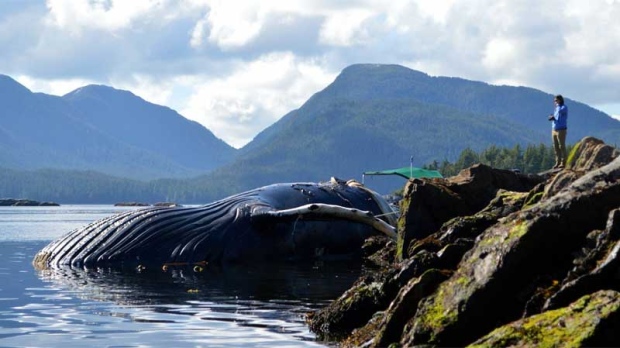
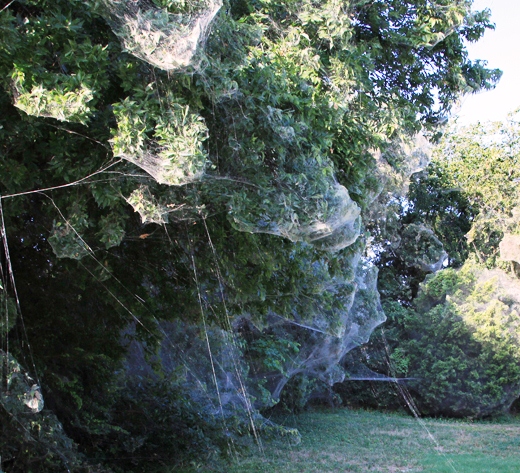
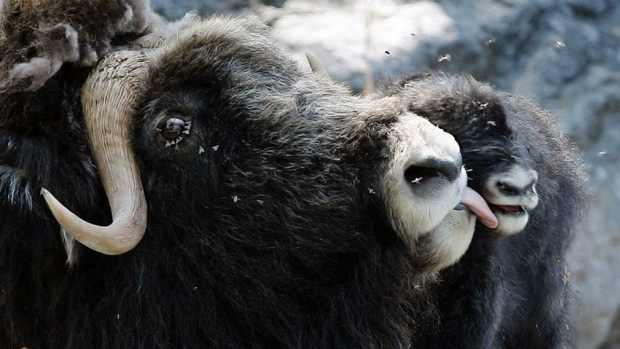
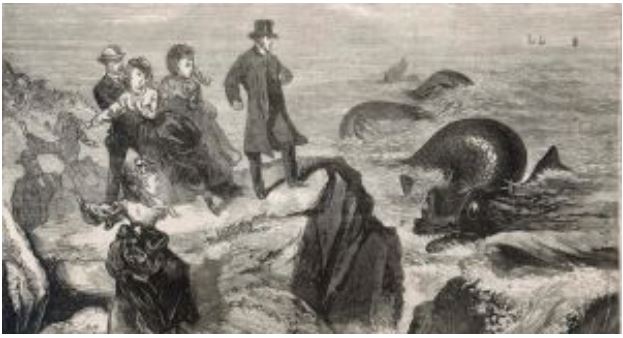
Comment: See also: